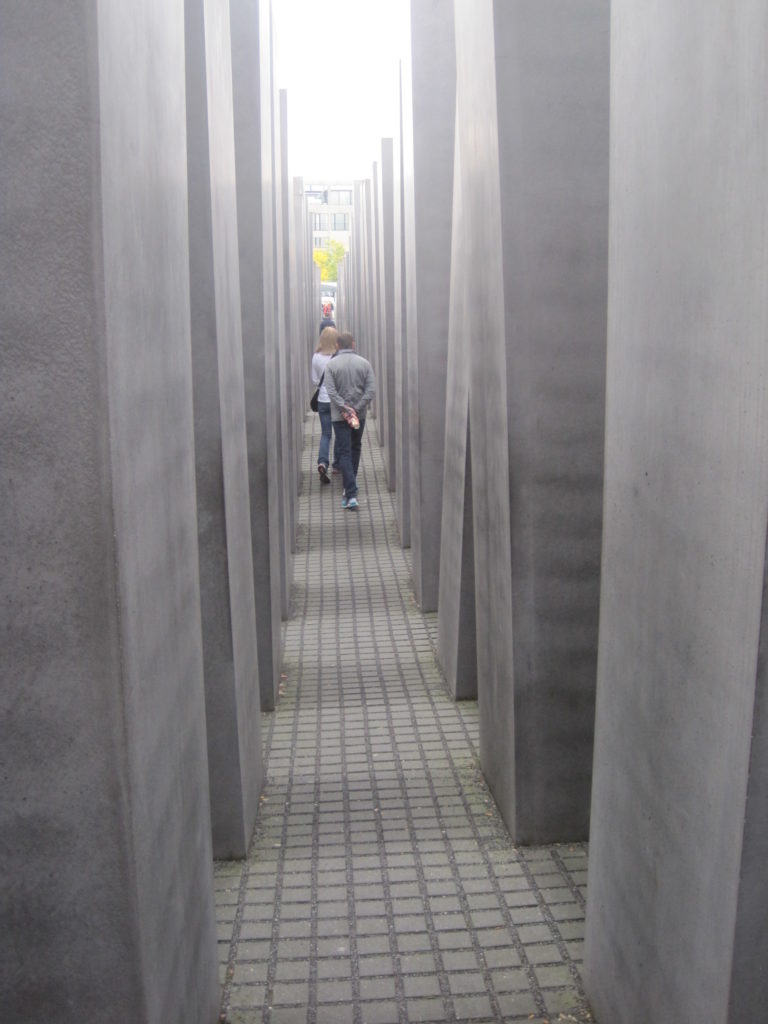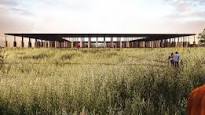 One of the most profound parts of my visit to Berlin in September, 2015 was seeing the “Memorial to the Murdered Jews of Europe”. At first glance it seems like a great expanse of concrete blocks. But start walking, and the smaller blocks on the periphery become larger and larger as you find yourself descending into its core. Suddenly you feel claustrophobic. Such are the lessons of history.
One of the most profound parts of my visit to Berlin in September, 2015 was seeing the “Memorial to the Murdered Jews of Europe”. At first glance it seems like a great expanse of concrete blocks. But start walking, and the smaller blocks on the periphery become larger and larger as you find yourself descending into its core. Suddenly you feel claustrophobic. Such are the lessons of history.
Recently I’ve learned of a similar initiative in this country. It’s officially called “The Memorial to Peace and Justice”, but the informal name brings everything into focus — the national lynching memorial. It’s a subject most would prefer never to discuss. But it’s a very real part of our racial heritage.
Just consider — there were at least 4000 victims of lynchings. The memorial will remember them by etching their names, dates, and locations of death on 800 concrete columns, each representing a county where a lynching occurred. The columns will be suspended from above, mimicking hanging. In addition, a companion courtyard will contain duplicate columns, which can be moved to the county it represents whenever that county is ready to accept it.
They say a picture is worth a thousand words. In this case, it’s a YouTube video. Watch an eloquent explanation of the memorial at https://www.youtube.com/watch?v=vYM3HAVPPG8 . There is also an interview with Bryan Stevenson of the Equal Justice Initiative, the organization behind the project, at http://www.pbs .org/newshour/bb/lynching-memorial-aims-help-u-s-acknowledge-history-terror/. The Equal Justice Initiative’s website is http://eji.org/.
.org/newshour/bb/lynching-memorial-aims-help-u-s-acknowledge-history-terror/. The Equal Justice Initiative’s website is http://eji.org/.
The Memorial is planned to open in Montgomery, Alabama in 2018. Then hopefully the healing can begin.
This photo of The Memorial to Peace and Justice came from The Washington Post website (https://www.washingtonpost.com/blogs/post-partisan/wp/2016/12/21/what-the-lynching-memorial-will-force-us-all-to-face/?utm_term=.1d2332926b8c). The other photos are mine.
